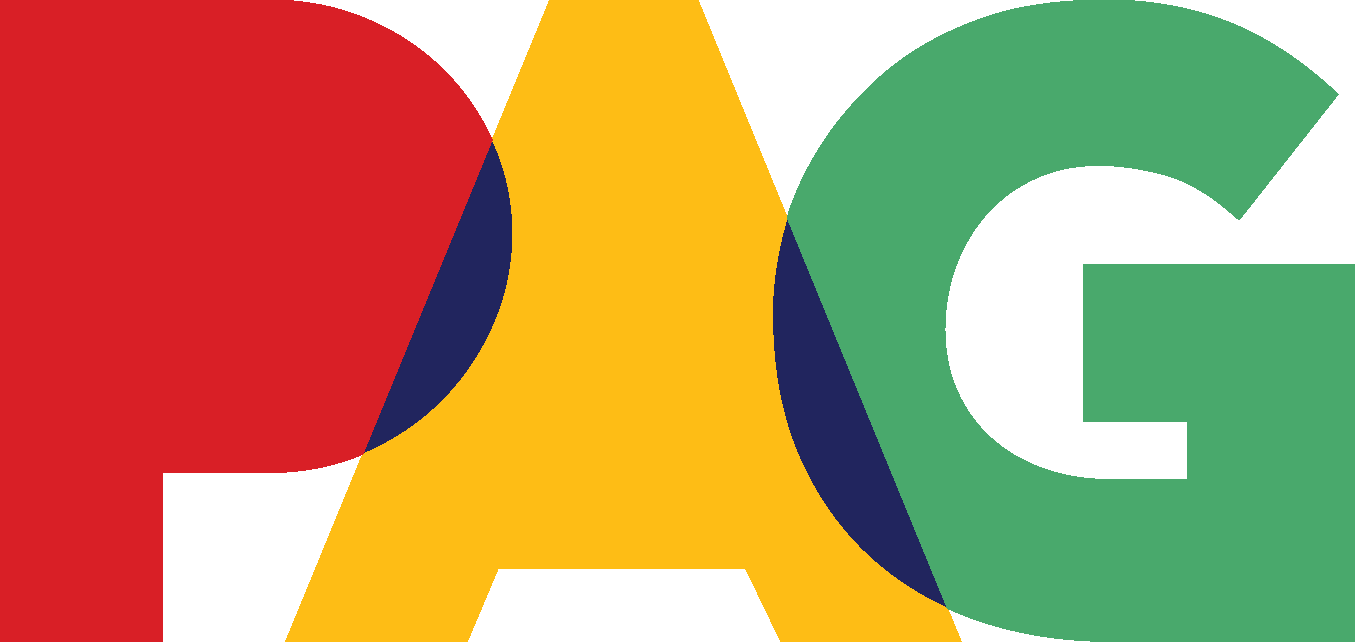




WRITTEN BY: Paul Crawford
Over the past 15 years or so I have had the great pleasure of following the career of Laurie Landry whom I first met up in Wells. Over this time I have seen her develop her practice and gain her voice moving from being predominantly a landscape artist, through abstraction and to the figure. I have also been able to work with her in a number of capacities, including having her be a part of a group exhibition last year. I have always admired her commitment to her practice and I am excited that she accepted my offer to guest curate an exhibition this year. I am thrilled to share her unique journey and perspective with our community through her exhibition.
In talking about the intent behind the exhibition Laurie writes, “Figurative art can be a form of claiming your space, whatever your space may be. Creating a presence - or even an absence of presence. The viewer is forced to acknowledge the presence of the figure, the person. Historically, artists like Alexandre Cabanel like to paint aesthetically pleasing things, and that is extended to the figures— hence, the “the male gaze”. Think of the many historical paintings in which the youthful woman is the focal subject, often for the rich, male patron of the artist. Contemporary figurative art has broken away from the powerful, the rich, the white man, or the beautiful, flawless maiden as a subject, but incorporating the contemporary world we live in, full of diversity. Black, Indigenous, Asian, queer, body positive and/or disabled figures are spotlighted.” ♦
A.J. Brown is a self-taught artist, photographer and poet from West Vancouver. Aside from being Deaf and having Cerebral Palsy she has developed a distinct voice that is uniquely her own, using brushstrokes and mark making to transcend her physical limitations. “Creating is my way to express my soul-voice in a way to which others can hear and respond. When I create, it feels like something spiritual guides me. I need to continue on my spiritual path, and that is through expressing myself. Art connects me to my Spiritual Self. My art flows from my Spiritual Self.”
Annette Nieukerk’s artistic practice spans five decades, multiple disciplines, media and genre. “As a young artist, I depicted the prairie landscape using silkscreen printing as my medium of choice. In mid-career, I became passionately involved in theatre design and followed that path for many years while still maintaining my role as an art educator.” Today she works out of a studio in East Vancouver utilizing a variety of mixed painting and drawing media employing the aging human figure as the focus of her practice. “Always having a passion for figurative work, I find that as I age I am no longer content to portray youthful lithesome bodies that have throughout history been the subject of figurative paintings.”
Sára Molčan’s larger-than-life selfies examine contemporary society’s growing sense of insecurity and our culture’s desire to seek meaning from the meaningless. Her paintings are a calculated and critical performance of self, dictated through the ever-present yearning for likes and comments to fill the emotional void in the digital era. “I often deal with relationships, trauma, and mental illness in my work. I try to emphasize this in my paintings by playing with the idea of muddled psychology with the hint of facial features visible beneath clouds of colour and fervent brushstrokes."
Nicole Sleeth’s work centers the female figure as an exploration of power, connection, and lived experience. Through textured, flesh-like oil paint, she captures the essence of a person through a period of time, portraying the full humanity, agency, and complexity of the women she paints, literally taking up space through the scale of the work. “I like painting skin, I like painting women’s bodies, I love the way people look. I think it’s fascinating, and I would love to see more curiosity about it. There’s just so much variation. As a society, at least in this part of the world, I think we are too comfortable with voicing our approval or disapproval of women, particularly their appearance.”
Laurie M. Landry is a curator, activist and visual artist whose practice focuses on portraiture and the figurative arts. Her figurative work increasingly challenges the unrealistic beauty standards which have increasingly dictated how we are ‘supposed’ to look, in favor of celebrating what we actually look like. “My portraits of Deaf and disabled people respond to traditions in portraiture through a contemporary lens. My work reflects my own experience as a part of a marginalized community, and I engage with my subjects with dignity and compassion. My large oil paintings convey contemporary subjects and offer the viewer a way to understand and relate across universal boundaries.”


























